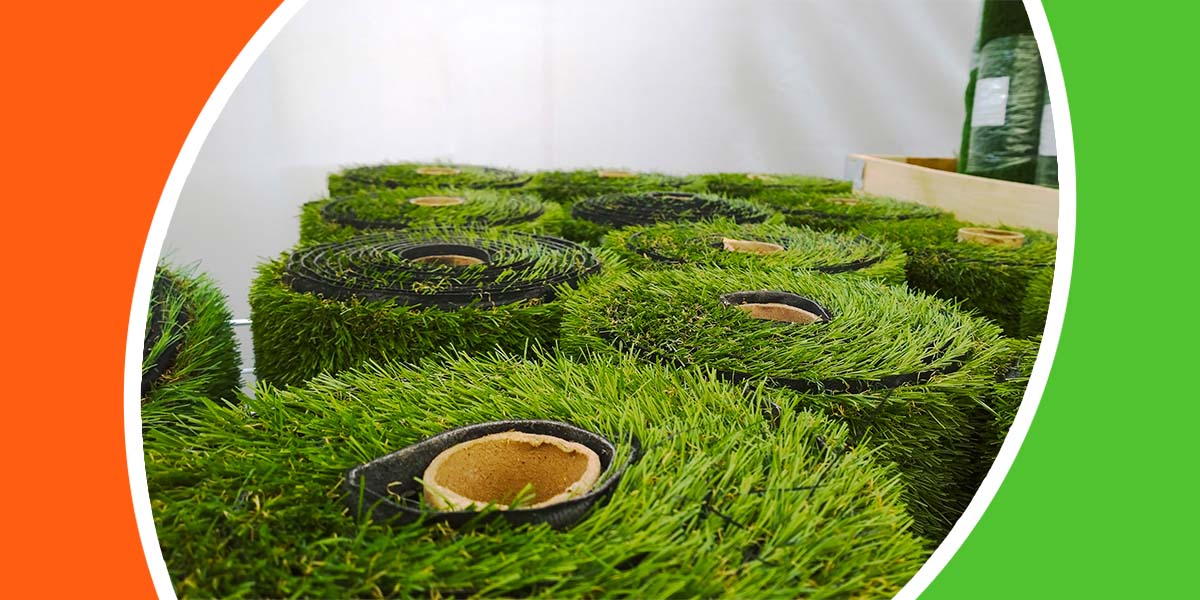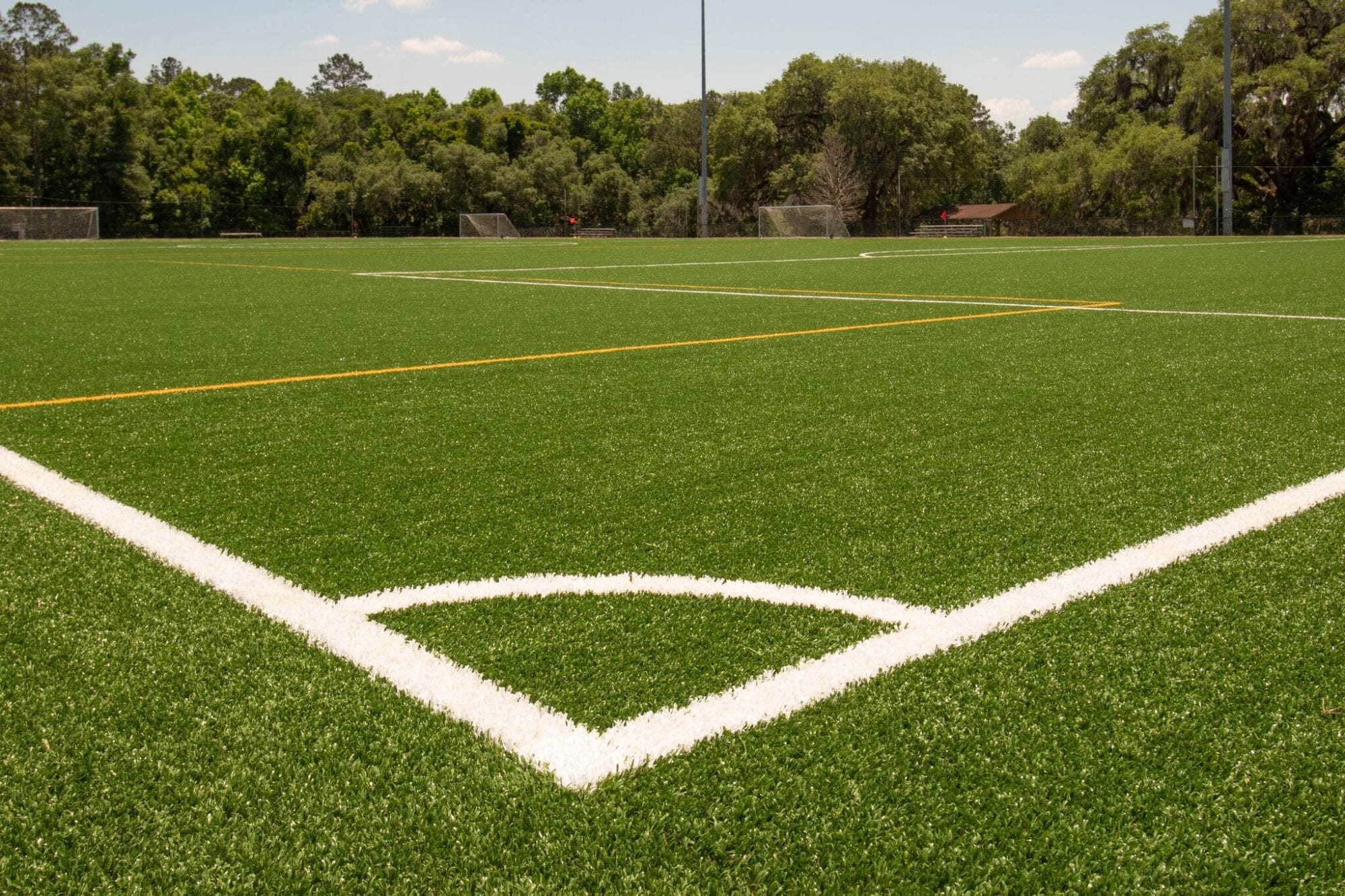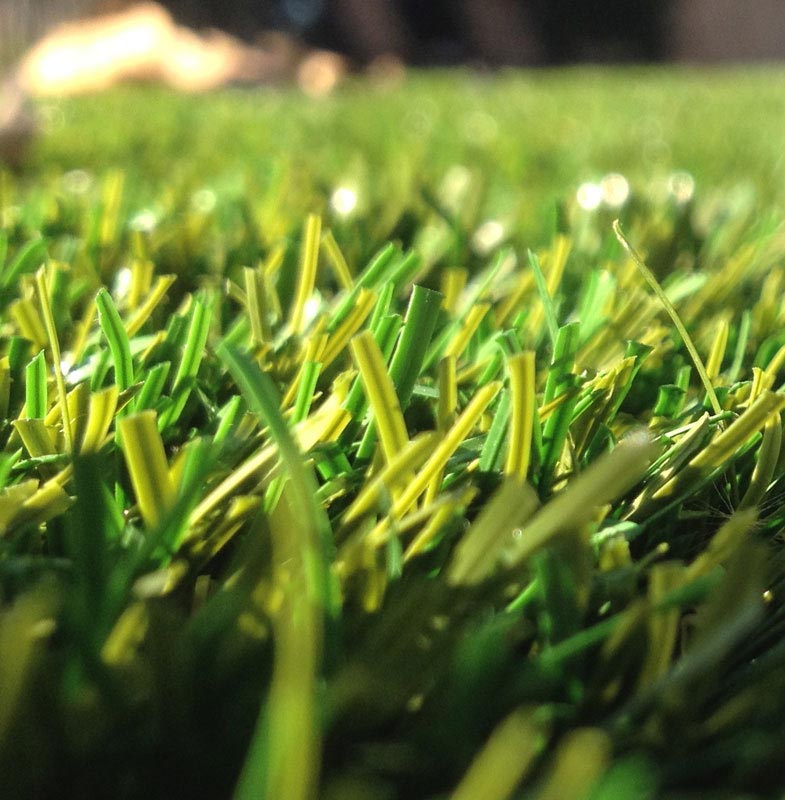Get a Ideal Lawn with Arizona Artificial Turf for Any Outdoor Space
Get a Ideal Lawn with Arizona Artificial Turf for Any Outdoor Space
Blog Article
See Why Homeowners Prefer Synthetic Grass for Sustainable Landscape Design Practices
As home owners significantly prioritize sustainability in landscaping, artificial grass has actually arised as a compelling choice to traditional lawn. What remains to be checked out is the complete scope of benefits that synthetic lawn can provide to homeowners and the atmosphere alike.
Water Conservation Perks
One of the most significant benefits of artificial lawn is its duty in water conservation. Traditional grass lawns call for substantial quantities of water to maintain their lush appearance, typically causing overuse of regional water sources, specifically in deserts. In contrast, synthetic grass removes this need entirely, as it does not require watering. This not only saves water yet also minimizes the pressure on local water supply, specifically throughout drought problems.
Moreover, the setup of synthetic turf can add to an extra lasting landscape. Homeowners can substantially decrease their water bills, permitting reallocation of sources to various other environmental campaigns or household uses. Additionally, synthetic grass is developed to hold up against various climatic conditions without the demand for supplementary watering, making it a suitable selection for regions dealing with water deficiency.
The ecological advantages extend beyond prompt water financial savings. By reducing water usage, synthetic turf helps to reduce the influences of climate adjustment, maintaining crucial ecological communities that are threatened by too much water extraction. As sustainable landscaping methods get traction, synthetic grass becomes a liable selection for home owners looking for to create eco-friendly exterior areas.
Lowered Upkeep Initiatives
Synthetic grass substantially decreases maintenance initiatives compared to typical lawn lawns. With fabricated lawn, house owners can get rid of the taxing jobs connected with natural landscape design, such as mowing, feeding, and weeding. This not just saves useful time yet likewise decreases physical labor, making grass care easily accessible for individuals of every ages.
One of one of the most notable benefits is the lack of routine mowing. Conventional grass require frequent trimming to preserve a cosmetically pleasing elevation, whereas synthetic grass remains continually rich without the need for reducing. Furthermore, property owners no longer need to apply pesticides or fertilizers, which are commonly required to maintain natural lawn healthy and balanced. This change not only lightens the work yet also promotes a neater, a lot more consistent appearance year-round.
Moreover, synthetic grass is resilient and resilient, requiring very little upkeep beyond occasional brushing and rinsing to get rid of debris. This convenience of upkeep allows property owners to appreciate their outside spaces without the constant concern of upkeep, supplying more time for leisure and family members tasks. Eventually, the reduced upkeep initiatives linked with fabricated grass make it an attractive choice for those seeking a low-maintenance, visually appealing landscape.

Ecological Influence Reduction
There is a growing acknowledgment of the environmental advantages related to synthetic grass, particularly in terms of water conservation and reduced chemical use. Standard grass call for substantial quantities of water, especially in drought-prone regions, bring about enhanced strain on regional water resources. On the other hand, artificial turf gets rid of the need for watering, substantially minimizing water consumption and advertising sustainability.
In addition, standard lawn maintenance often includes the application of herbicides, pesticides, and plant foods, which can add to dirt and water pollution. Man-made grass mitigates this ecological hazard by needing minimal maintenance and essentially getting rid of the need for unsafe chemicals. This not only improves soil health however also secures local environments from poisonous drainage.
Furthermore, the manufacturing of natural grass lawns normally involves using fossil gas for mowing and landscaping devices, further adding to greenhouse gas exhausts. By picking synthetic grass, house owners can significantly lower their carbon footprint connected with grass treatment activities.
Aesthetic Allure and Convenience
In addition to its environmental advantages, synthetic grass uses significant visual appeal and versatility for landscaping. Home owners can accomplish a rich, green look year-round, removing the seasonal fluctuations frequently related to natural grass. This regular aesthetic not only boosts the aesthetic allure of a residential property however additionally adds to a well-kept and refined look.
Moreover, man-made lawn my response is available in a variety of colors, appearances, and styles, allowing for modification to suit specific preferences and design themes - Arizona artificial turf. Whether made use of in household yards, business rooms, or entertainment areas, it can perfectly integrate into varied landscape design styles, from contemporary minimal to rich tropical settings
The flexibility of fabricated grass expands past mere appearance; it can be installed in numerous places, consisting of rooftops, outdoor patios, and also interior areas, developing opportunities for one-of-a-kind landscaping services. Furthermore, it is appropriate for a variety of activities, from youngsters's play locations to pet-friendly settings, providing capability without compromising design.
Eventually, the visual appeal and flexibility of synthetic turf make it an appealing choice for house owners looking for sustainable landscape design remedies that do not sacrifice appeal for ecological duty.

Long-Term Cost Savings
Among the most engaging advantages of synthetic grass is its capacity for long-term expense financial savings. Unlike all-natural lawn, which requires routine maintenance-- including mowing, watering, fertilizing, and pest control-- synthetic grass substantially minimizes these recurring expenses. Homeowners can conserve a significant quantity on water costs, specifically in areas where water deficiency is a pressing concern. The elimination of yard care services even more adds site here to economic cost savings, as there is no demand for specialized equipment or labor.
Furthermore, synthetic grass has a life-span of 15 to 25 years, depending on its top quality and usage. This sturdiness lessens replacement prices, making it a much more affordable selection over time. Additionally, the initial investment in synthetic grass can usually be recovered with the financial savings accumulated gradually.
While the ahead of time price may appear higher contrasted to sod installation, the cumulative cost savings from minimized upkeep and water use often surpass these first expenditures. Eventually, the adoption of synthetic grass not only promotes a sustainable landscaping remedy but also provides property owners a monetarily wise option that aligns with long-term budgeting objectives.
Conclusion
Artificial lawn emerges as a compelling option for sustainable landscaping, providing substantial benefits in water preservation, minimized upkeep initiatives, and diminished environmental influence. Its visual appeal and versatility improve the visual landscape while straightening with contemporary sustainability objectives. Long-lasting price savings contribute to its attractiveness for home owners. As areas increasingly prioritize eco pleasant practices, the fostering of man-made grass stands for a progressive step toward attaining resilient and lasting landscapes.
Furthermore, fabricated lawn is made to hold up against different weather problems without the requirement for supplemental watering, making it an excellent selection for areas dealing with water deficiency. (Arizona turf)

Synthetic grass emerges as an engaging alternative for lasting landscape design, using substantial benefits in water preservation, lowered maintenance initiatives, and diminished ecological impact.
Report this page